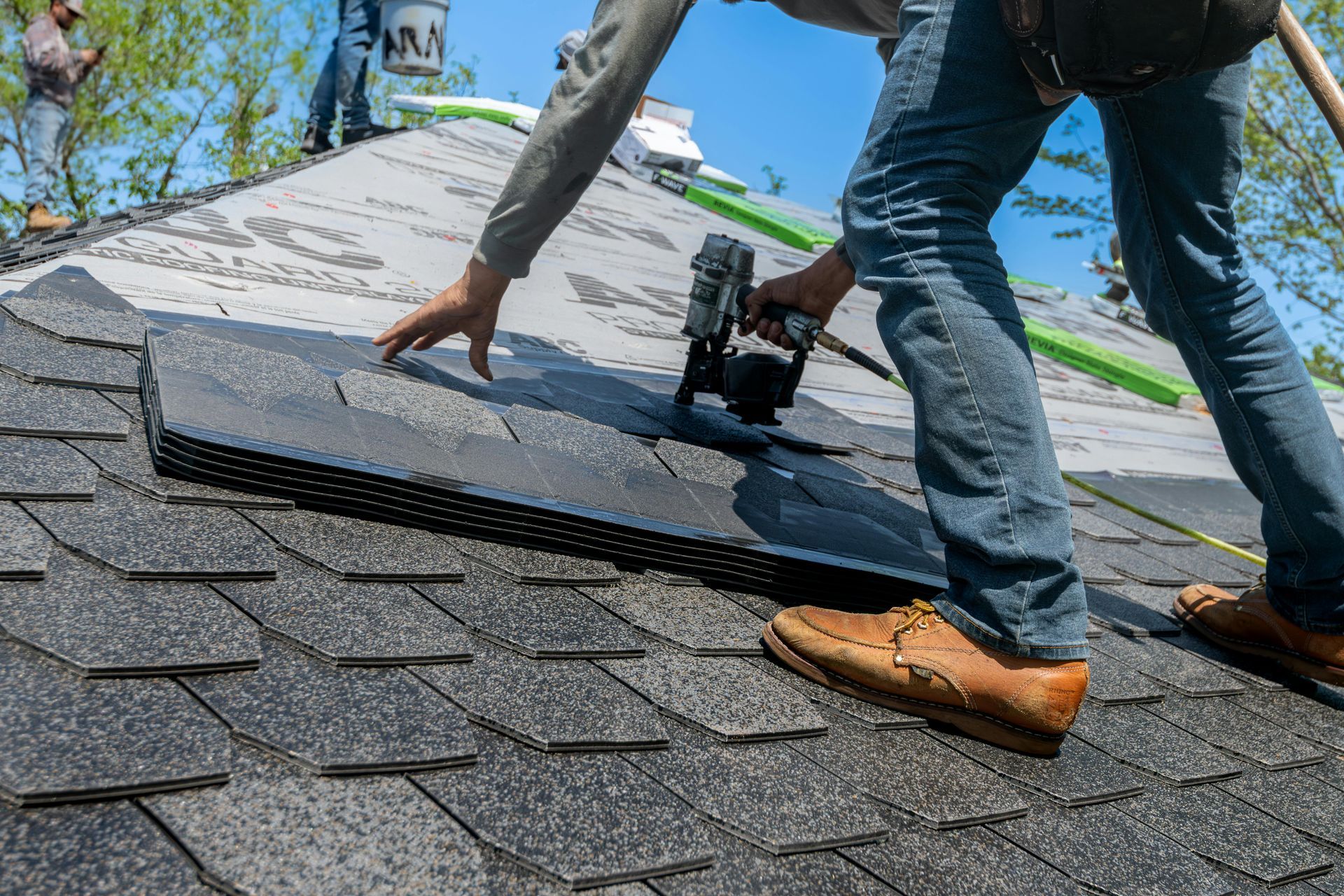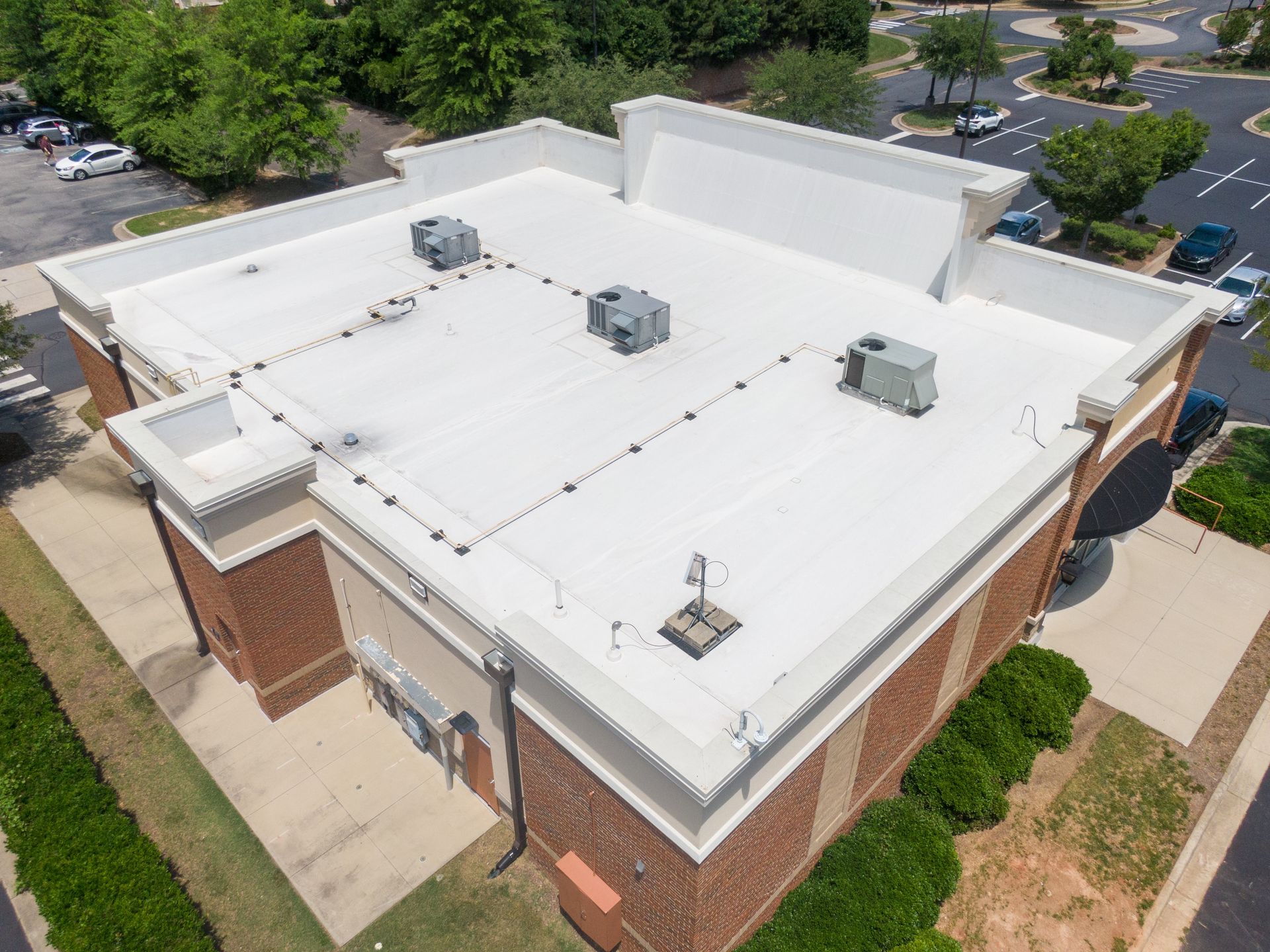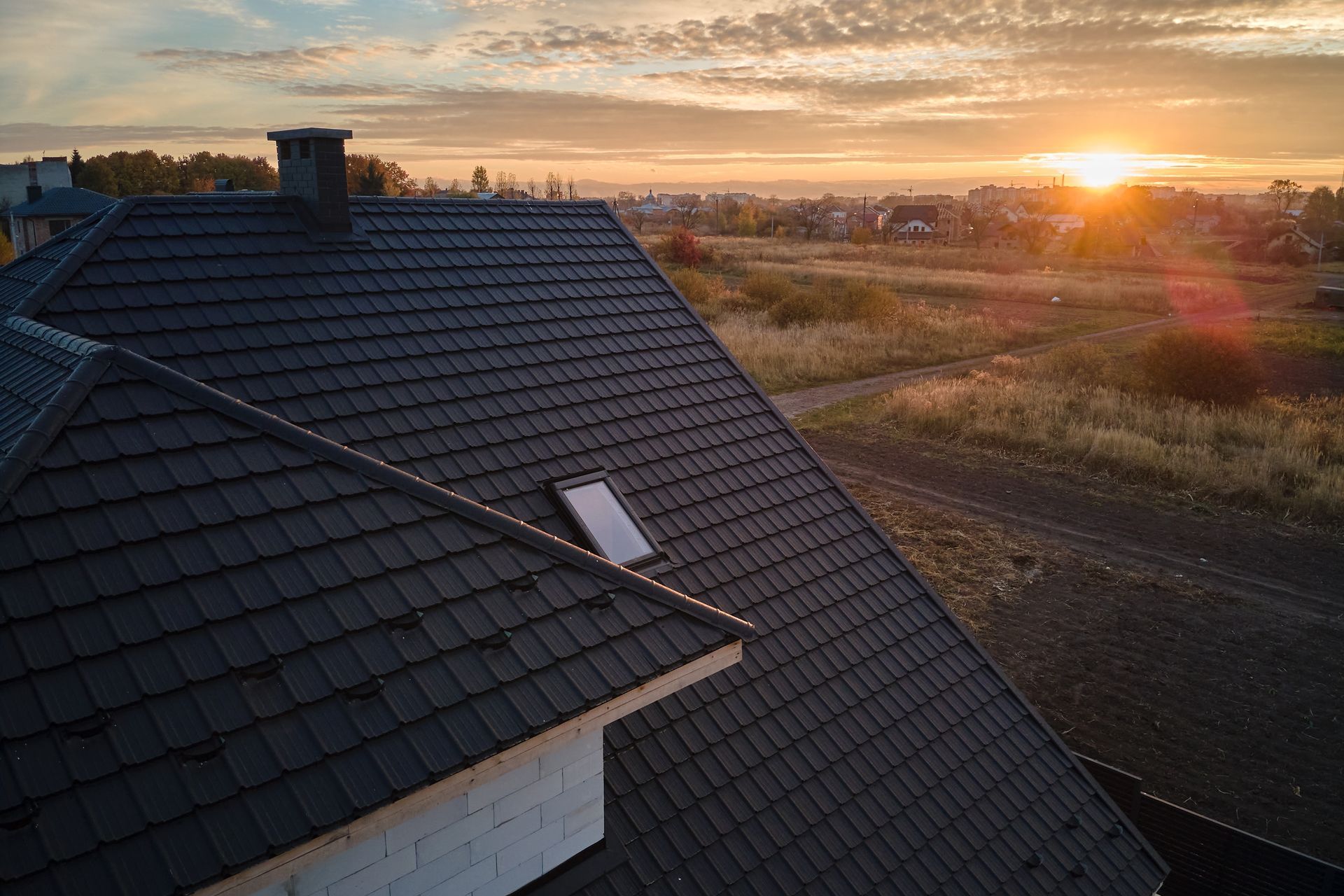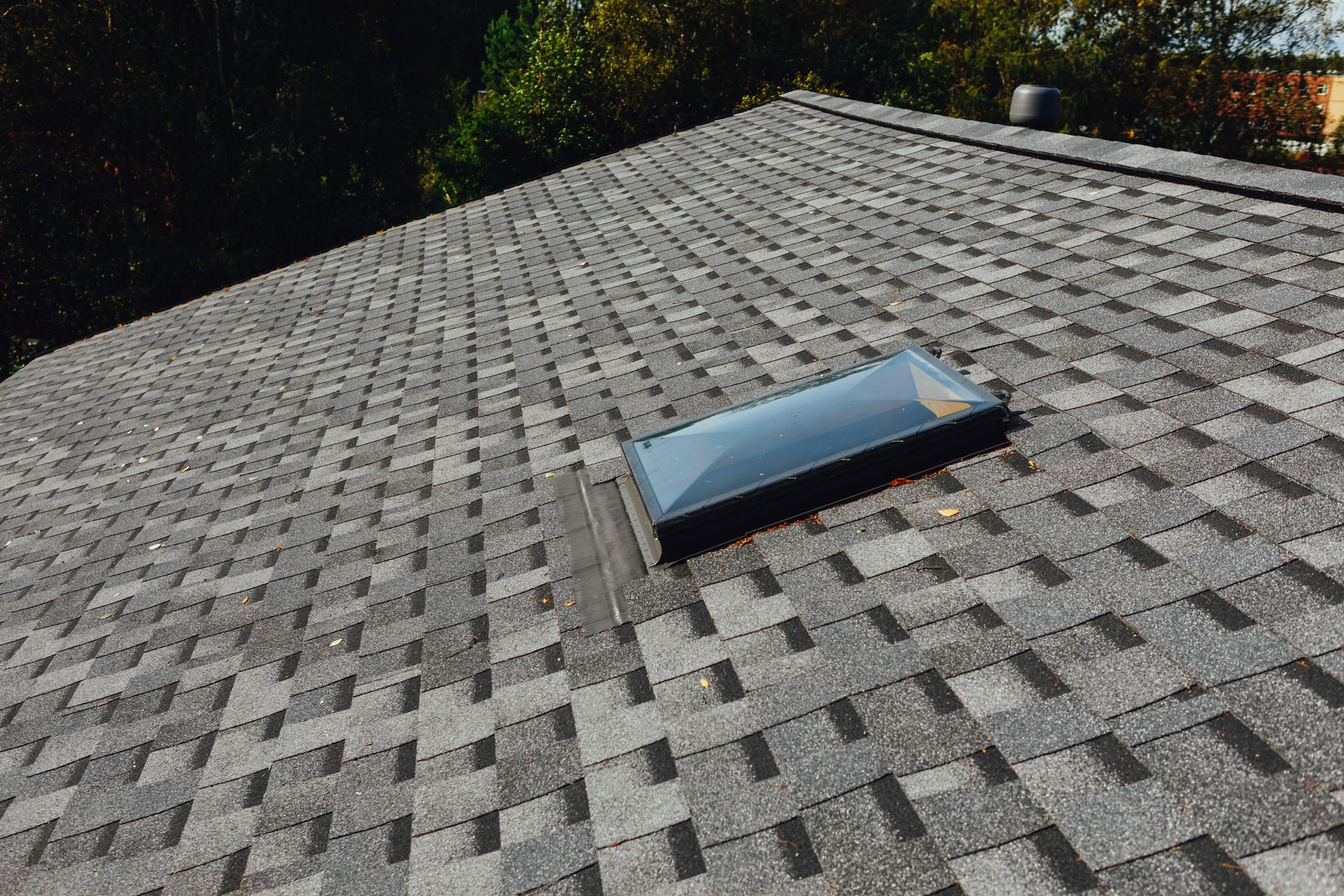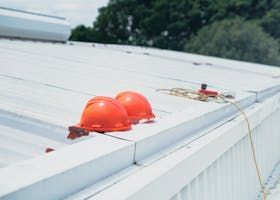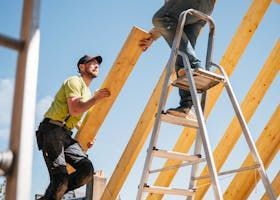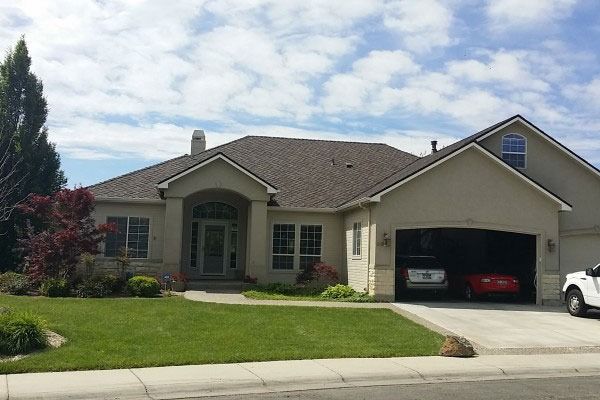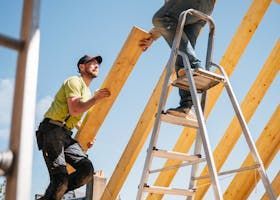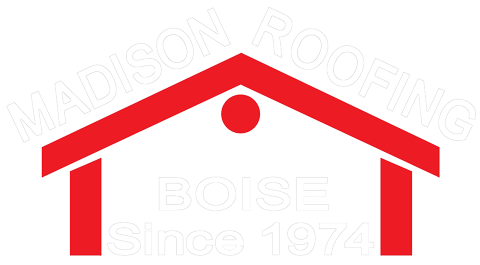How to Prepare Your Roof for Summer Wildfire Season in Boise
Summers in Boise are known for their sunshine, dry conditions, and increasingly — their wildfire risk. As temperatures climb and vegetation dries out, homes in the Boise foothills, outer suburbs, and even residential neighborhoods face heightened exposure to embers and airborne debris from nearby fires.
At Madison Roofing, we know your roof is your home’s first line of defense. With wildfire season approaching, now is the time to make sure your roofing system is as fire-ready as possible.
Why Boise Roofs Are at Risk During Fire Season
Boise sits near the wildland-urban interface (WUI) — areas where residential homes meet undeveloped wildland or brush. That makes us particularly vulnerable during fire season. Wind-blown embers from wildfires can travel up to a mile, and roofs are one of the most common ignition points during a wildfire event.
Even a small buildup of leaves, needles, or debris in a valley or gutter can catch a stray ember — turning a minor threat into a devastating fire.
Top Roofing Materials for Wildfire Protection
Not all roofing materials perform the same under fire conditions. If you’re thinking about replacing your roof or building a new home, consider these fire-rated options:
- Class A Asphalt Shingles: The most common residential roofing material, and when installed properly, offers the highest fire resistance in its category.
- Metal Roofing: Non-combustible, long-lasting, and excellent at shedding embers — especially when paired with a solid underlayment.
- Clay or Concrete Tile: Very fire-resistant, though tiles should be properly installed to prevent ember intrusion underneath.
- Synthetic Roofing: Some composite materials mimic wood or slate but are rated Class A for fire — ask your roofer for specifics.
Avoid untreated wood shake shingles, which are highly combustible and no longer code-compliant in many high-risk areas.
Simple Steps to Make Your Roof More Fire-Resistant
You don’t need to replace your entire roof to improve its wildfire resilience. Here are some quick actions you can take right now:
- Clear off all debris: Remove leaves, pine needles, and branches from your roof, gutters, and valleys — embers can ignite even small piles.
- Install metal gutter guards: These reduce debris buildup and can help prevent ignition.
- Seal roof penetrations: Make sure vents, flashing, skylights, and chimneys are properly sealed — embers often enter through weak points.
- Check your eaves and soffits: These areas are often vulnerable to ember intrusion and should be covered with non-combustible materials.
- Trim back tree limbs: Keep branches at least 10 feet from your roof to reduce the risk of contact or falling embers.
What to Do If Embers Land on Your Roof
If your neighborhood is under threat from wildfire or if you see embers blowing through the air:
- Do not get on the roof — it’s dangerous during high winds or fire activity.
- Use a hose from the ground to gently spray the roof if embers are visible and it’s safe to do so.
- Shut off attic vents, if possible, to prevent ember entry into your home.
- Monitor inside your attic for signs of smoke or heat — embers may enter undetected.
- Evacuate when ordered — never prioritize your home over your safety.
How Madison Roofing Can Help Protect Your Home
If you live near the foothills, greenbelt, or any fire-prone area around Boise, now is the time to act. Madison Roofing offers:
- Fire-resistance assessments
- Debris cleaning and roof tune-ups
- Vent and flashing inspections
- Roof upgrades with Class A-rated materials
We know the local fire risks — and we know how to help you prepare.
Your Roof Is Your First Line of Defense — Let’s Make It Count
Wildfire season doesn’t have to catch you off guard. A few smart steps today can protect your home, your family, and your peace of mind tomorrow.
Need help with your spring roof maintenance? Contact us by filling out our online form or call (208) 344-5379 to schedule an inspection and experience the benefits of working with a trusted local roofer.
